Aluminum foil is a fantastic tool for the kitchen, but it is not a good fit for every cooking scenario. If you are wanting to use aluminum foil in your microwave there are a few reasons you should rethink the whole thing.
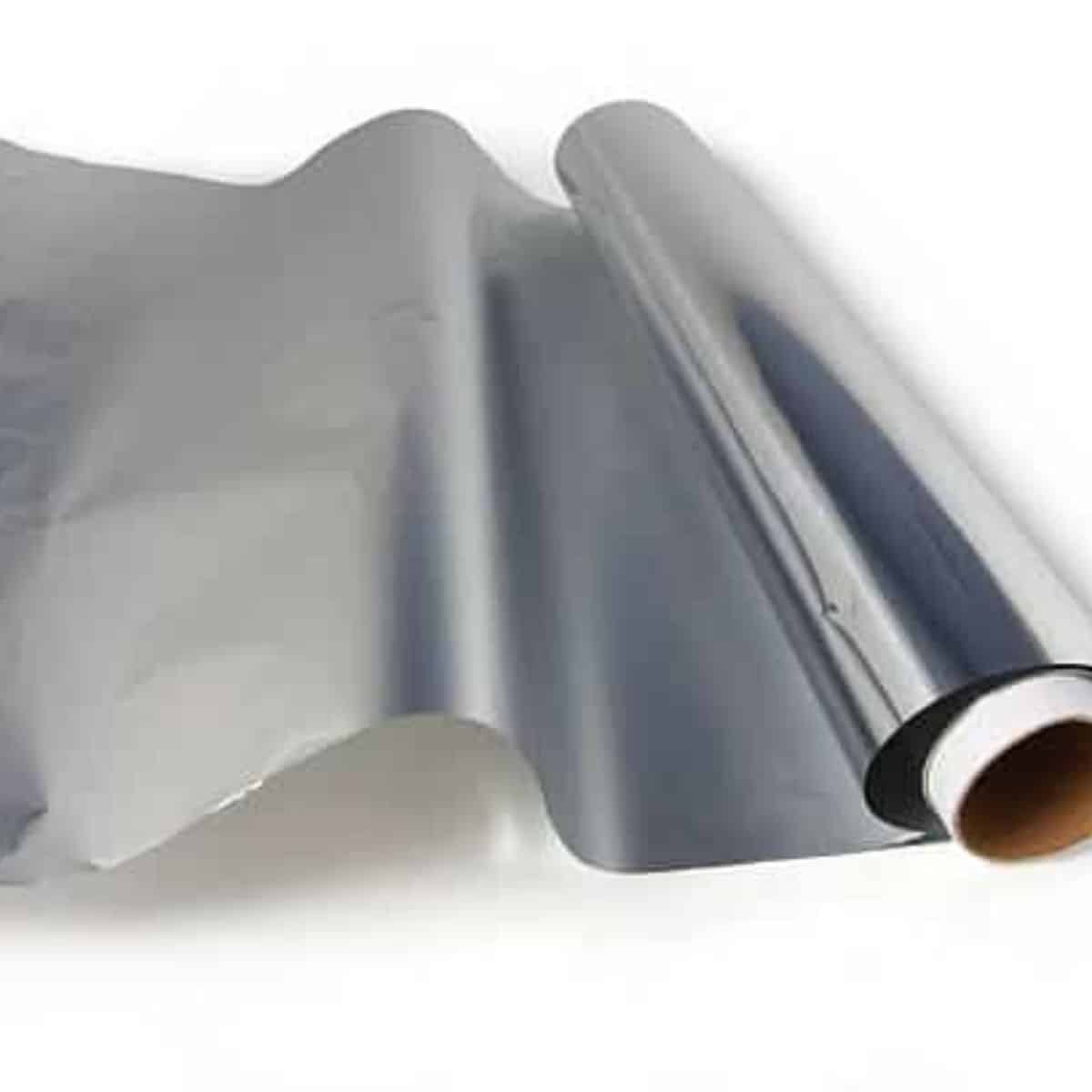
Aluminum foil is a very handy tool to use in the kitchen. It can help foods to cook quicker and is so thin and affordable that it is easily thrown away and makes cleanup a breeze.
However, as useful as aluminum foil is, it’s not a good solution for every scenario. If you are wondering if it’s a good idea to put aluminum foil in your microwave the answer is probably no, but there are a few exceptions. Let’s discuss this a little more!
How Do Microwaves Work?
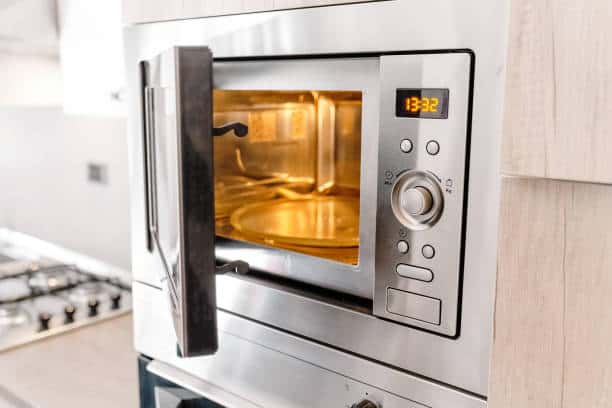
Microwave ovens use microwaves, like radio waves, to cook food. The radio waves vibrate at a set frequency and bounce off of the oven walls. The waves are absorbed by water molecules, fats and sugars and create heat.
These waves don’t have the same impact on ceramics, plastics or glass, which is why they are considered safe for the microwave oven.
Metal in a microwave oven reacts differently. It actually acts as a shield against the waves. Rather than absorbing them waves, it reflects them like a mirror. If you put a heavy metal pan into a microwave oven, the food inside the pan would never heat up because the microwave energy would not be able to reach it.
Aluminum foil, or tin foil, is essentially a very thin piece of metal, but the narrowness of it and the creases in aluminum foil make it a different story.
What Happens to Aluminum Foil in the Microwave?
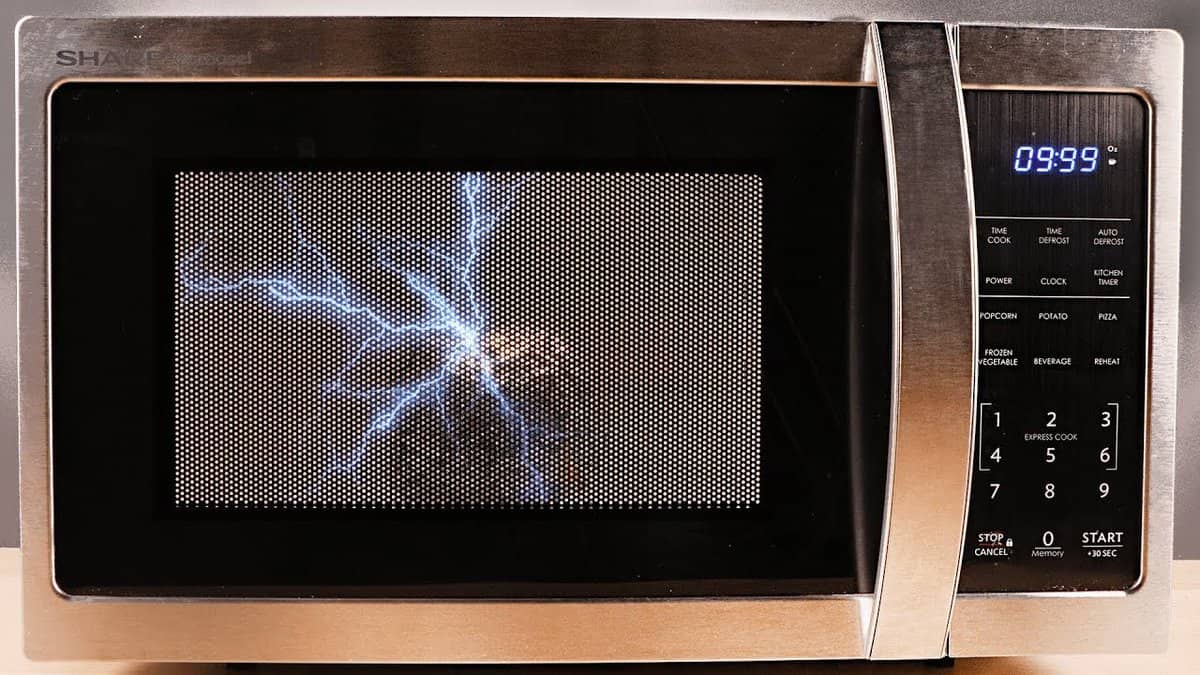
Thick metal, like the walls of a microwave oven, can withstand the radiation waves that are created within a microwave oven and reflect them. But aluminum foil is thin and often bent into sharp spikes and creases.
When the electric currents of a microwave oven hit the sharp edges of an aluminum foil tray and are reflected again and again, the metal may produce too much heat, causing the aluminum foil to catch on fire or spark. The sharp, rough edges only add to the problem as it provides more surfaces for the waves to bounce off of.
If any of the waves hit something else that is flammable, this could cause an explosion within your microwave oven.
If your food comes in an aluminum foil container, your best option is to transfer it to a microwave-safe container to reheat in the microwave.
How to Safely Use Aluminum Foil in the Microwave
In my opinion, using aluminum foil in the microwave is not worth the risk, but there are some safer ways to use aluminum foil in the microwave. These tips might be helpful if you are trying to shield a portion of your food from overcooking in the microwave oven. If you attempt any of these tips, keep a careful eye on your microwave throughout the cooking time to stop it if anything sparks.
- Use smooth foil or fresh aluminum foil that has not yet been creased or bent
- Only cover a small portion of your food. If you cover all of your food, it will not cook.
- Do not place any foil pans in the microwave. The waves will be reflected and your food will not cook.
- Some aluminum foil is labeled as microwave safe or sometimes a piece of aluminum foil is included in the packaging for food that is meant to cook in the microwave (like hot pockets or microwave pizza). This should be safe to use as directed on the packaging.
- Make sure your aluminum foil is not touching any of the walls of your microwave
- If your microwave oven has any metal shelves or a metal turntable, do not use aluminum foil.
Other Materials That Should Not be Used in the Microwave
There are several materials that are not safe for the microwave oven. These materials will melt quickly and can even cause a fire. These include:
- Metal pans, foil trays, or utensils
- Metal twist ties
- Takeout trays (Many have aluminum foil on the inside or may have a metal lining at the top)
- Foam cups or plates
- Styrofoam containers
- China with metallic paint or designs
- Rubber
- Paper: including newspaper, brown paper bags and printed paper towels
- Single-Use plastic containers (like the kind that butter, cottage cheese and margarine come in)
- Plastic bags (unless marked as microwave safe)
Alternatives to Aluminum Foil
If you are heating food in the microwave it’s always a good idea to transfer it to a microwave safe container first. Glass-ceramics and heatproof glass are generally microwave safe unless otherwise specified. Most paper products are safe for the microwave.
A paper towel, plastic wrap or a plastic container over your food item may help control splatter.
Wrap Up
My advice is to not use aluminum foil in the microwave, but if you are going to try it, make sure you follow the precautions above to do so safely!
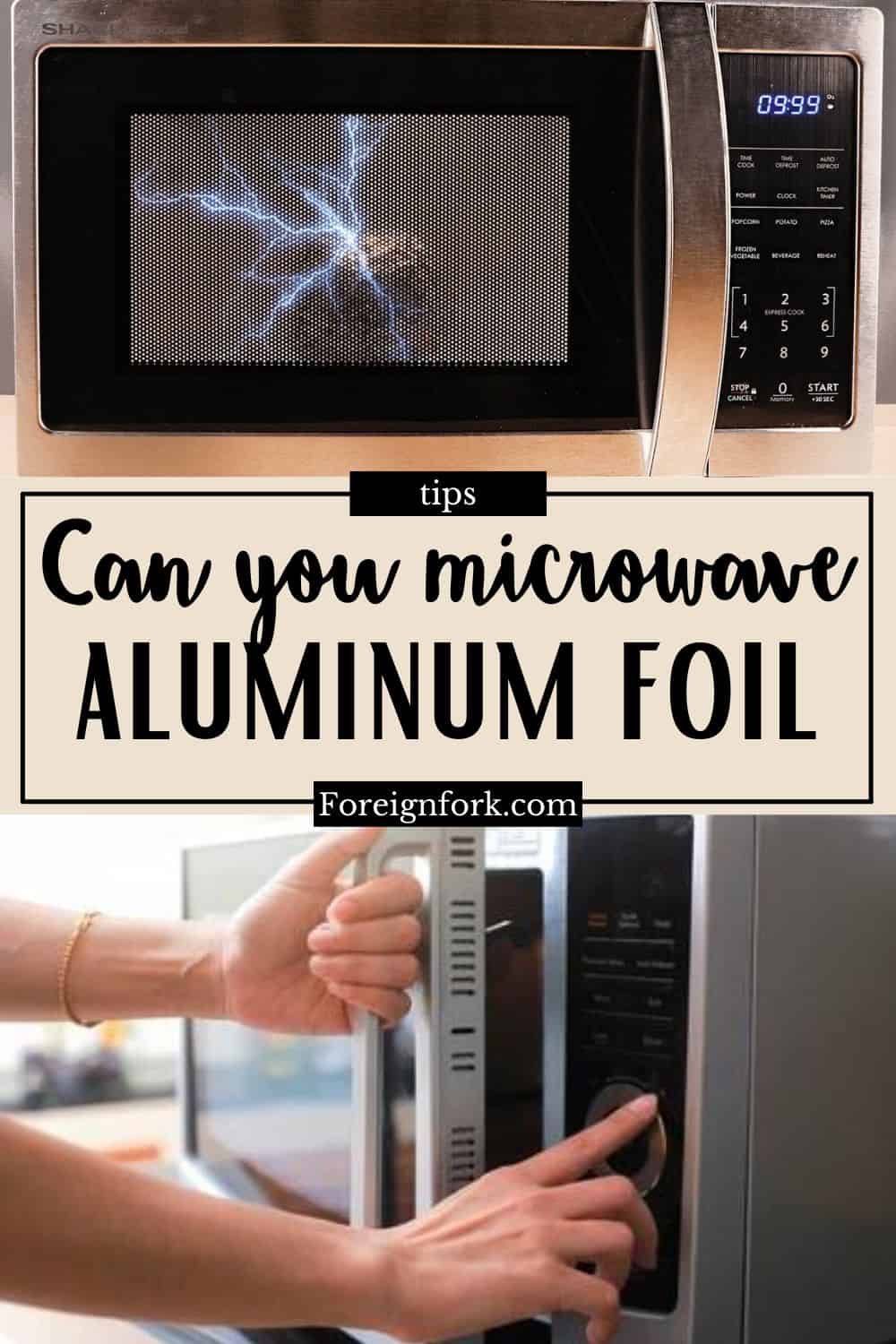



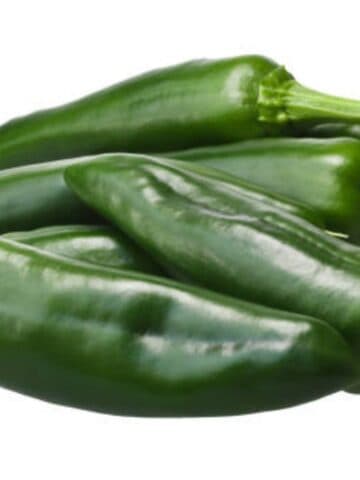
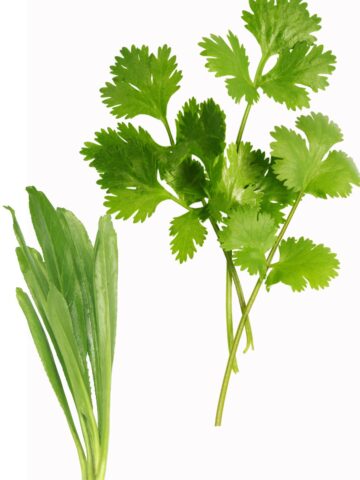

Leave a Reply